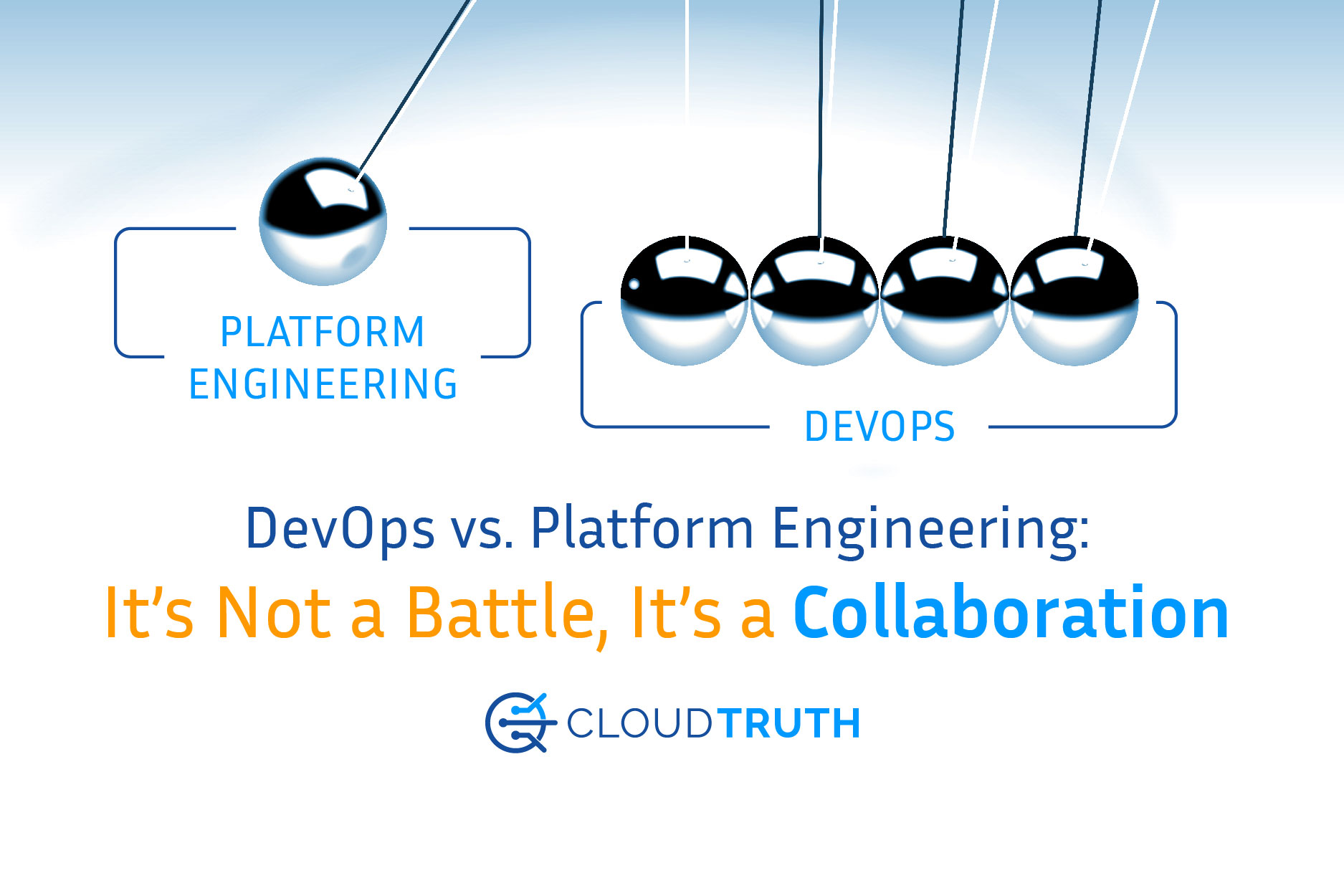
Introduction
The IT industry has seen significant paradigm shifts, such as the advent of cloud computing in the mid-2000s and DevOps transforming into platform engineering in the early 2020s. However, DevOps is still alive and won’t be replaced by platform engineering. Both disciplines can co-exist and complement each other to create robust and efficient systems. One area where this collaboration is evident is centralized secrets and configuration management, which helps DevOps and platform engineers ship code faster and more reliably. This blog post will explore how taming config sprawl benefits both disciplines and increases release velocity.
It’s Not a Zero-Sum Game: DevOps and Platform Engineering Can Co-Exist
The modern IT industry has seen massive paradigm shifts, but this doesn’t mean one approach replaces the other. The shift-left movement exemplifies this collaboration, with application developers increasingly involved in security and configuration management.
Small Teams, Big Responsibilities
In smaller teams, shared responsibilities often lead to implementing platform engineering concepts. Application developers tasked with infrastructure provisioning can benefit from centralized secrets and configuration management to get better outcomes faster. By consolidating and centralizing secrets and parameters, small teams can reduce config sprawl, enabling them to deploy code quicker and with fewer errors.
Large Teams, Dedicated DevOps
Dedicated DevOps teams provide specific benefits for larger organizations with big development teams and specialists. These teams can focus on continuous integration, continuous delivery, and infrastructure management, ensuring high efficiency and productivity. In such environments, centralized secrets and configuration management can improve coordination between DevOps and other teams, reducing the risk of errors and speeding up deployment processes.
Taming Config Sprawl: A Shared Responsibility
Whether you are a DevOps leader or in charge of platform engineering, taming config sprawl is a shared responsibility across both disciplines. Centralizing secrets and configuration management can dramatically increase release velocity and reliability, benefiting teams of all sizes.
By using centralized secrets and configuration management, teams can:
- Reduce human error: Centralizing configuration information minimizes the risk of mistakes when deploying applications. Developers can easily access and update configuration settings, track changes, and release from dev to staging to production environments more efficiently.
- Improve security: Storing sensitive information, such as API keys and credentials, in a secure and centralized location reduces the risk of leaks and unauthorized access.
- Streamline collaboration: Centralized configuration management makes it easier for teams to work together and share information, leading to faster deployments and reduced risk of miscommunication.
- Enhance scalability: As teams and applications grow, centralized configuration management can help maintain consistency and ensure that changes are propagated efficiently across the entire system.
Wrapping up
DevOps and platform engineering can co-exist and collaborate to create robust, efficient, and agile software development and deployment processes. Centralized secrets and configuration management play a vital role in this collaboration, helping both disciplines ship code faster and reliably by taming config sprawl. By embracing the strengths of both DevOps and platform engineering and focusing on shared responsibilities like configuration management, organizations can thrive in an ever-evolving technological landscape.
Join ‘The Pipeline’
Our bite-sized newsletter with DevSecOps industry tips and security alerts to increase pipeline velocity and system security.



